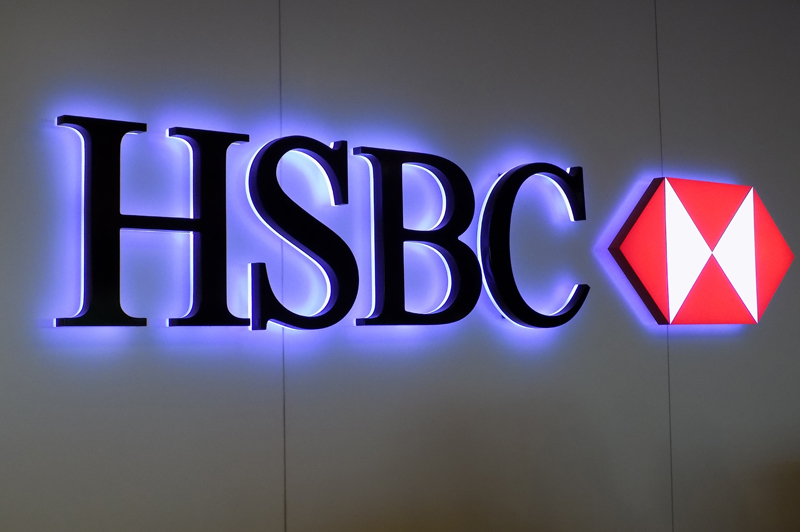
On November 2, HSBC sent letters to an undisclosed number of customers concerning a breach of their accounts. A template of the letter was submitted to the California Attorney General’s Office. It states, in part:
HSBC became aware of online accounts being accessed by unauthorized users between October 4, 2018 and October 14, 2018. When HSBC discovered your online account was impacted, we suspended online access to prevent further unauthorized entry of your account.
[…]
The information that may have been accessed includes your full name, mailing address, phone number, email address, date of birth, account numbers, account types, account balances, transaction history, payee account information, and statement history where available.
The letter does not explain how the attackers were able to access the accounts — whether there was any credential stuffing or another type of attack. But they state that in response to the breach, “We have enhanced our authentication process for HSBC Personal Internet Banking, adding an extra layer of security.”
So what does that mean? Are they first going to 2FA or were they already deploying 2FA and have added a different type of layer?
DataBreaches.net sent an email inquiry to HSBC and will update this post if additional details are received.
Update: A spokesperson for HSBC responded to this site’s inquiry. In an emailed statement, he explained that last month, their fraud monitoring team detected evidence that a relatively small percentage of online accounts (fewer than 1% of U.S. accounts) were being accessed by unauthorized users. In response, the bank immediately suspended online access and required affected users to contact the bank.
HSBC regrets this incident, and we take our responsibility for protecting our customers very seriously. We responded to this incident by fortifying our log-on and authentication processes, and implemented additional layers of security for digital and mobile access to all personal and business banking accounts. We have notified those customers whose accounts may have experienced unauthorized access, and are offering them one year of credit monitoring and identify theft protection service.
The bank strengthened security measures by requiring customers to enter additional pieces of personal information along with user name and password. So it sounds like HSBC deployed 2FA in response to the incident.
It also sounds like they believe this was a credential stuffing attack. In response to this site’s article and inquiry, the spokesperson informed DataBreaches.net that
We believe that personal information obtained from sources other than HSBC was used. This may have included passwords from other non-HSBC accounts, aka,”credential stuffing.
He also wrote:
“We are reminding our customers to protect access to their banking accounts by regularly changing their passwords, and by using unique passwords they are not using elsewhere, including on any social media accounts.”